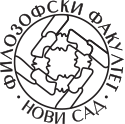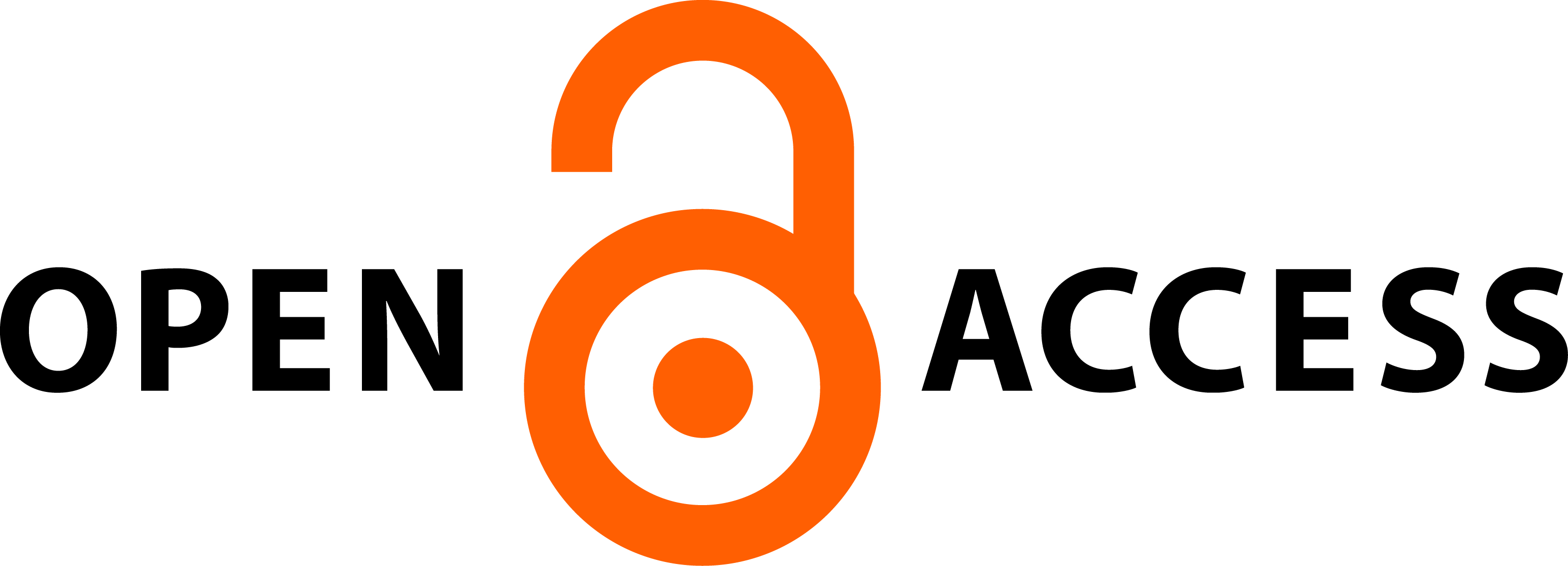GION NÁNDOR LATROKNAK IS JÁTSZOTT CÍMŰ TETRALÓGIÁJÁNAK GENETIKUS SZÖVEGVIZSGÁLATA
Absztrakt
A tanulmány a szöveggenetika vizsgálati módszereivel gyűjti össze Gion Nándor Latroknak is játszott című regénytetralógiája keletkezésének dokumentumait, és rekonstruálja az alkotói folyamatot a hagyatékban fennmaradt átdolgozott, javított kéz- és gépiratok (szűkebb értelemben vett genetikus dosszié) alapján, amelyek az írás folyamatát tükrözik. A regények létrejöttének vizsgálatát a tágabban értelmezett genetikus dosszié részét képező egyéb segédanyagok (levelek, fényképek, képeslapok, kereszt- és házasságlevelek, korabeli újsá- gok, történelmi források, vázlatok stb.) is segítik, a tanulmány ezeket is számba veszi. Az anyag nagyobb része az Országos Széchényi Könyvtár Kézirattárában található a Fond 583/1‒22. jelzet alatt, néhány dokumentum pedig a szenttamási Gion Nándor Emlékház Kézirattárában. A mű szövegforrásait feltáró munka dokumentálja a korpusz szövegváltozatait is az elő-szövegektől az utó-szövegekig, azaz a különböző nyomtatott variánsokig.
Hivatkozások
Bodnár György et al. 1989. A szövegkiadás új elmélete és gyakorlata: a szövegek keletkezéskritikája. Helikon 67 (3–4): 317–318.
Délvidéki S. Attila. 2014. Az 1848-as népirtások kirobbantása. In A Magyar Tudomány Napja a Délvidéken, 2013, szerk. Szalma József. 396‒411. Újvidék: Vajdasági Magyar Tudományos Társaság.
Erdélyi Erzsébet ‒ Nobel Iván. 1994. „Hiszek az álmokban, mindenekelőtt a saját álmaimban”: Beszélgetés Gion Nándorral. Tiszatáj 48 (6): 15–17.
Erdélyi Erzsébet – Nobel Iván. 2001. Gion Nándor: „Földre szálltam a tematikában.” Forrás 33 (9): 20–24.
Fehér Ferenc. 1975. Regénytrilógián dolgozom: Év eleji beszélgetés Gion Nándorral. Magyar Szó, jan. 16 (14): 12.
Füzi László. 1998. „Nincs időm észrevenni a történet eltűnését”: Gion Nándorral beszélget Füzi László. Forrás 30 (11): 5–16.
Gion Nándor. 1977. Latroknak is játszott: A szerző írja könyvéről. Magyar Szó (Könyvbarátok Híradója melléklet), jan. 25 (23): 16.
Gion Nándor. 2007. Latroknak is játszott. Budapest: Noran.
Gion Nándor. 2017. Hátrahagyott írások. 2. rész: Akit mindenütt utolérnek a szülőföld témái. Forrás 49 (7–8): 163–181.
Grendel Lajos. 2009. Magyar líra és epika a 20. században (30). Irodalmi Szemle 52 (3): 52‒63.
Horváth Futó Hargita. 2012. Lokális kontextus, elbeszélői szerepkörök és a szövegek átjárhatósága Gion Nándor opusában. Újvidék: Bölcsészettudományi Kar.
Horváth Futó Hargita. 2022. Gion Nándor: Bibliográfia, dokumentum- és fotótár. Szenttamás: Gion Nándor Kulturális Központ – Gion Nándor Emlékház.
Kovács Nándor. 1973. Történelmi regényeink: Virágos katona. Interjú Gion Nándorral. Képes Ifjúság, máj. 23 (1292): 16‒17.
Kovács Nándor. 1974. A Virágos katona mai témájú regényeim bevezetője: Interjú a Híd-díjas Gion Nándorral. Magyar Szó, jún. 15 (162): 11.
[Ládi István] (l). 1971. Hét kritikakötet és hat történelmi regény: A Forum könyvkiadó pályázatáról. Magyar Szó, jún. 15, 28 (162): 9.
Morel András. 1994. Lapok egy kockás füzetből. In Kánaáni történetek: Önéletrajzok, vallomások, szerk. Németh István. 91–111. Újvidék: Forum.
Sivački, Paja. 1931. Još koju reč. Srbobranski glasnik, ápr. 26. 1. Soko. 1931. Sokolska ideja. Srbobranski glasnik, ápr. 26. 1‒2.
Tóth Réka. 2012. A szöveggenetika elmélete és gyakorlata. Debrecen: Debreceni Egyetemi Kiadó.








